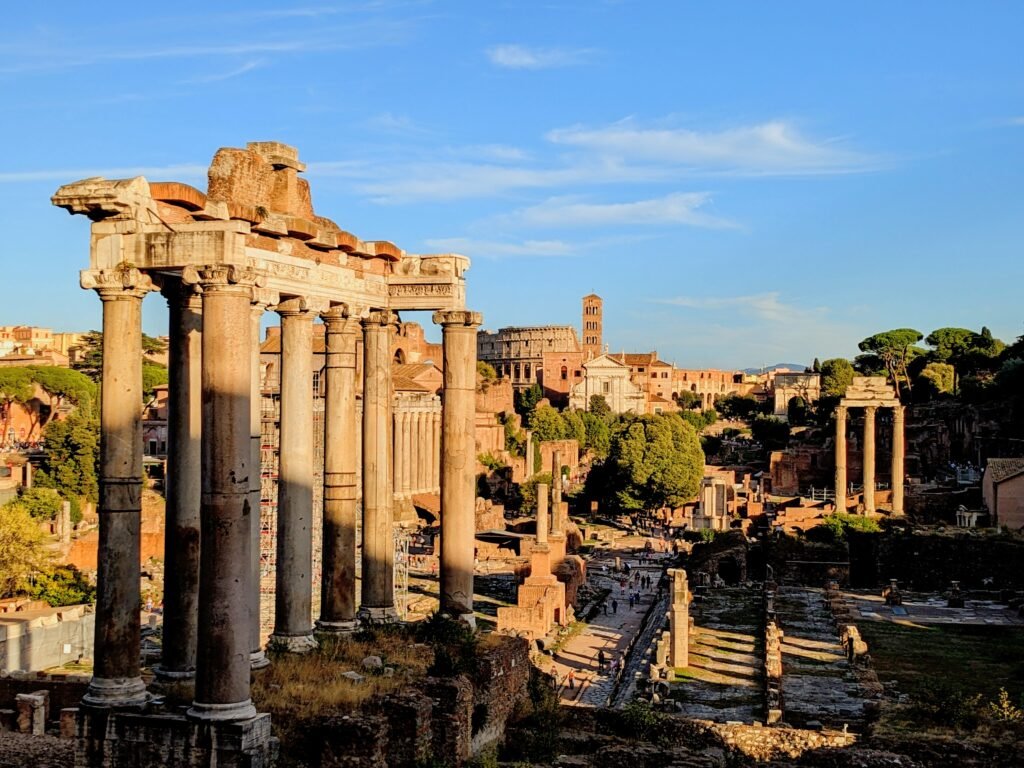June 1st – July 10th, 2026
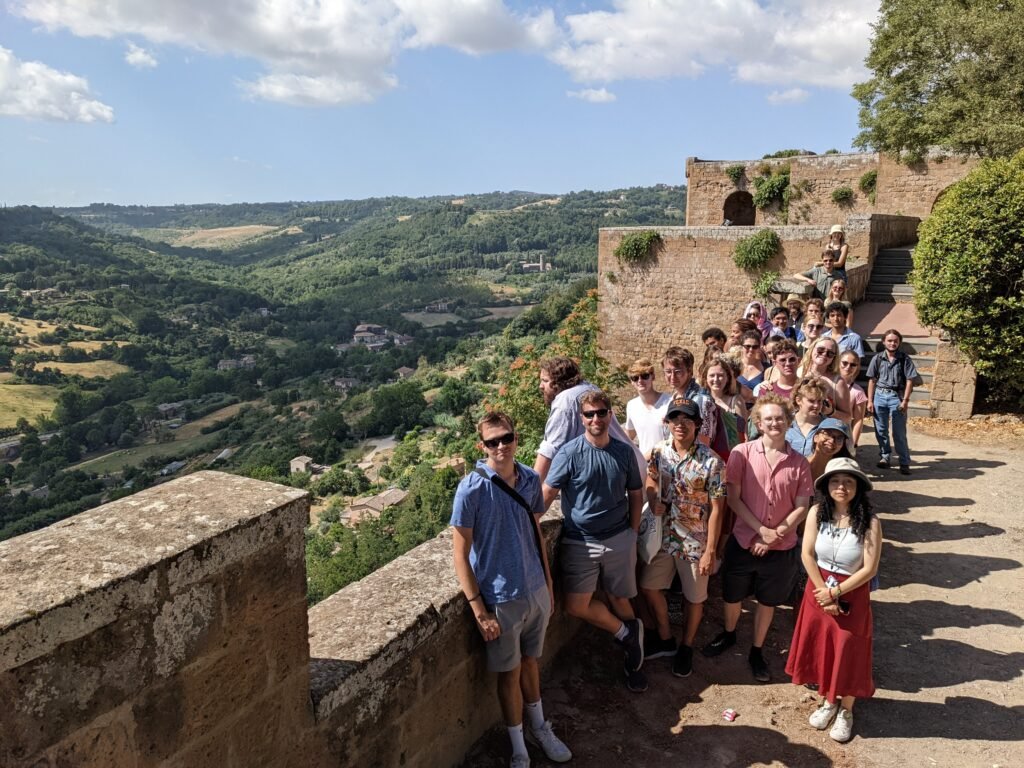
![]()
Course Description
Beauty has always been intertwined with the sacred—from the perfect proportions of Greek temples and statues, to medieval love poetry, to Renaissance and Baroque religious art and architecture, and beyond. Yet this relationship has often been uneasy, whether because beauty tends to assert its independence from serious ethical concerns, or because of the perceived threat of idolatry. The beautiful also has a complex place in the history of philosophy. While it stood at the very heart of ancient philosophy and medieval thought, it became less central for modern philosophers—even for many who were deeply interested in the history of art. Some modern thinkers have even claimed that beauty belongs to the past, and that art itself is dead.
This raises several pressing questions: What significance should beauty have in our understanding of philosophy? More generally, how does beauty relate to the sacred? And what is the difference between idol and icon? These are the kinds of questions we will explore in our classes and excursions in Rome.
![]()
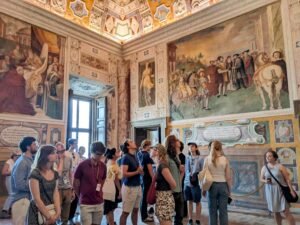
To pursue them, we will read a number of crucial texts—ancient, medieval, and modern. Our seminar readings include Plato’s Symposium, Dante’s Vita Nuova and Divine Comedy, and Hegel’s Aesthetics. We will also study Vitruvius, a theorist from the Roman context, as well as a novel by the Roman Platonic philosopher Apuleius. Rome is a natural setting for all of these readings. Questions about art and religion, both pagan and Judeo-Christian, are present everywhere in the city, which for centuries has been the great center of classical, medieval, Renaissance, and Baroque art. Moreover, the art of Rome offers numerous concrete connections to the details of our texts.
top of page
![]()
Course dates and format
- Course Duration: 6 weeks
- Start: Monday, June 1
- End: Friday, July 10
- Arrival in Rome: Saturday, May 30 by 7:00 p.m.
- Check-out: Saturday, July 11 by 10:00 a.m.
Classes are structured as seminars—discussion-based sessions that meet in small groups led by a faculty member. This setting allows for a deeper exploration of the texts and issues studied, as well as a high level of student participation. Seminars meet for one hour and fifteen minutes, four days per week, in the morning.
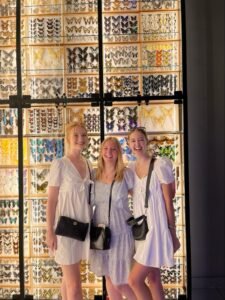 Once or twice a week, before the morning seminar, students will receive a brief pre-visit presentation designed to connect the issues under discussion with the site to be visited in Rome that day. Informal discussion may follow immediately or later, while on site. Tours of Rome will take place after class, two or three times a week.
Once or twice a week, before the morning seminar, students will receive a brief pre-visit presentation designed to connect the issues under discussion with the site to be visited in Rome that day. Informal discussion may follow immediately or later, while on site. Tours of Rome will take place after class, two or three times a week.
Once a week, on a day without classes, students will participate in a longer city tour or, alternatively, a full-day trip outside of Rome. The program includes two full-day excursions to locations of artistic and historical significance, such as Naples, Orvieto, and Tivoli.
Weekends are generally free, except for the weekend dedicated to the optional trip to Siena.
Additionally, the program also includes at least one formal guest lecture related to the course theme.
top of page
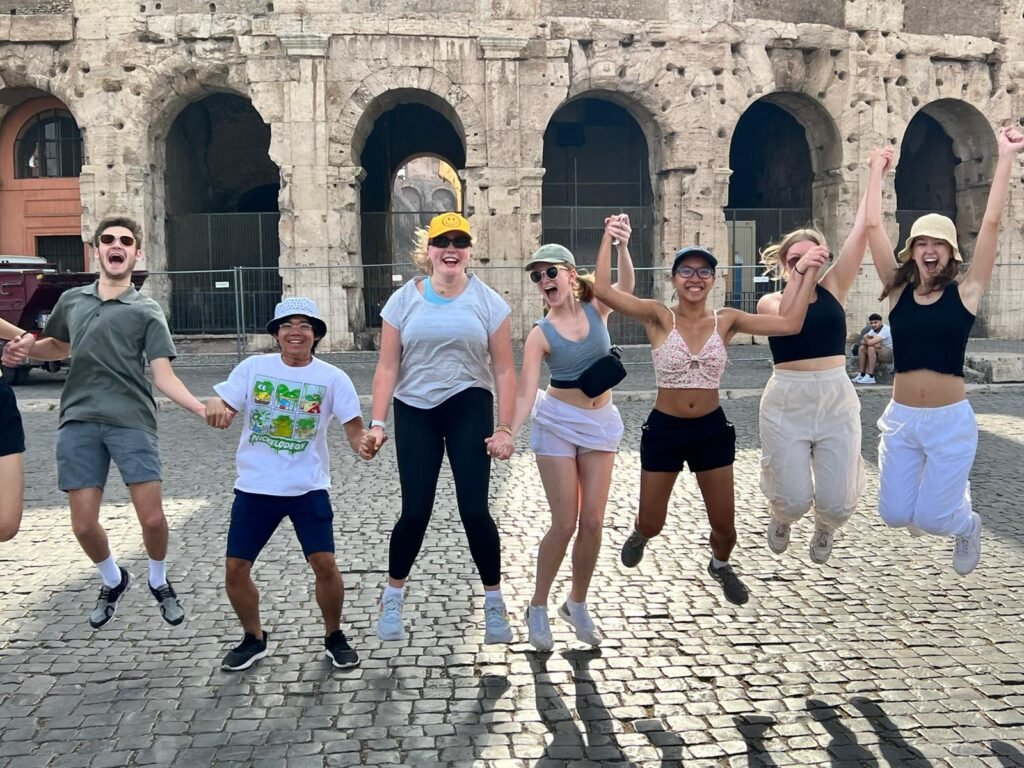
![]()
Excursions
The class will participate in several excursions each week. At least two excursions will take students outside of Rome—one to Naples and another to Orvieto and Caprarola. An optional weekend trip will take the group to Siena. Students explore sites together with the seminar leaders and RILA’s academic director, Gabe Pihas. Tutors will also join the group on all tours in Rome and excursions out of the city.
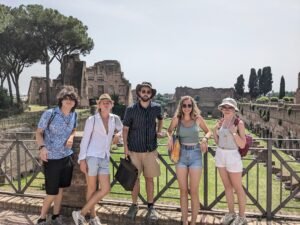 The first week of excursions is the most intensive. It will run in parallel with our reading of the Symposium and the Phaedrus, and it will also serve as an introduction to Rome in general. We will visit the Pantheon and the Gesù, where we will explore competing pagan and Christian cosmologies; the Palazzo Altemps, to examine the development of Greek art; the Forum, the religious and political center of ancient Rome; and the Palatine Hill above the Forum, where emperors built their palaces. We will also study churches that reveal layers of history, or “palimpsests,” where modern Rome built new structures on older foundations, such as S. Cosma e Damiano and S. Clemente. Finally, we will visit the major churches of S. Ignazio and Santa Maria sopra Minerva, both of which are connected to the life of Galileo in Rome.
The first week of excursions is the most intensive. It will run in parallel with our reading of the Symposium and the Phaedrus, and it will also serve as an introduction to Rome in general. We will visit the Pantheon and the Gesù, where we will explore competing pagan and Christian cosmologies; the Palazzo Altemps, to examine the development of Greek art; the Forum, the religious and political center of ancient Rome; and the Palatine Hill above the Forum, where emperors built their palaces. We will also study churches that reveal layers of history, or “palimpsests,” where modern Rome built new structures on older foundations, such as S. Cosma e Damiano and S. Clemente. Finally, we will visit the major churches of S. Ignazio and Santa Maria sopra Minerva, both of which are connected to the life of Galileo in Rome.

The second week parallels our study of ancient artistic and architectural theory and our introduction to Dante. We will examine Michelangelo’s architecture on the Capitoline Hill, exploring his Renaissance synthesis of Classical and Christian forms, and visit the Capitoline Museums to view classical sculpture alongside Renaissance and Baroque painting. Michelangelo’s architectural work continues at Santa Maria degli Angeli e Martiri, built on the ruins of the Baths of Diocletian and serving as a model for New York’s Grand Central Station. We will also study Bernini’s sculptural and architectural work in the Cornaro Chapel, including the famous image of St. Teresa in ecstasy, and visit the villa of Emperor Hadrian at Tivoli.
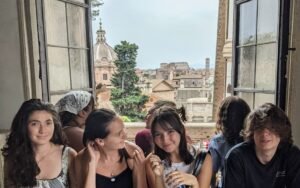 In the third week, we will visit the Vatican and St. Peter’s Basilica, encountering Renaissance appropriations of Plato in Raphael’s School of Athens and Michelangelo’s neo-Platonic allegories in the Sistine Chapel. The vast collections of classical, medieval, Renaissance, and Baroque art will enrich our reflections on the course theme and inform our study of Hegel at the end of the program. We will also explore ancient and medieval churches—Santa Costanza, Santa Maria Maggiore, Santa Pudenziana, and Santa Prassede—where ancient art was transformed into Christian art, raising theological debates about iconoclasm relevant to our studies. Visits to the Ara Pacis and frescoed private houses on the Celio Hill will illuminate public and private life in the Roman Empire.
In the third week, we will visit the Vatican and St. Peter’s Basilica, encountering Renaissance appropriations of Plato in Raphael’s School of Athens and Michelangelo’s neo-Platonic allegories in the Sistine Chapel. The vast collections of classical, medieval, Renaissance, and Baroque art will enrich our reflections on the course theme and inform our study of Hegel at the end of the program. We will also explore ancient and medieval churches—Santa Costanza, Santa Maria Maggiore, Santa Pudenziana, and Santa Prassede—where ancient art was transformed into Christian art, raising theological debates about iconoclasm relevant to our studies. Visits to the Ara Pacis and frescoed private houses on the Celio Hill will illuminate public and private life in the Roman Empire.
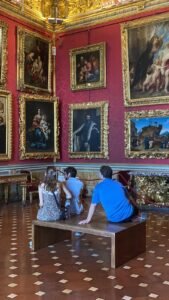 In the fourth week, Reading Dante’s Purgatorio, with some of Dante’s most important statements about Church and Empire, we will reflect on the politics of Constantine and his conversion of Rome from pagan to Christian empire. We will visit the arch dedicated to him in his lifetime, as well as the medieval fresco cycle on his donation of political power to the Church in Santi Quattro Coronati. We will visit the Lateran, established by Constantine, which has much art work devoted to the rise and the fall of this political doctrine. We will visit Santa Sabina, the ancient church where Thomas Aquinas conceived and wrote his Summa Theologica. We will also visit the Churches in Trastevere painted by Dante’s contemporary, Pietro Cavallini, at the origins of Renaissance painting.
In the fourth week, Reading Dante’s Purgatorio, with some of Dante’s most important statements about Church and Empire, we will reflect on the politics of Constantine and his conversion of Rome from pagan to Christian empire. We will visit the arch dedicated to him in his lifetime, as well as the medieval fresco cycle on his donation of political power to the Church in Santi Quattro Coronati. We will visit the Lateran, established by Constantine, which has much art work devoted to the rise and the fall of this political doctrine. We will visit Santa Sabina, the ancient church where Thomas Aquinas conceived and wrote his Summa Theologica. We will also visit the Churches in Trastevere painted by Dante’s contemporary, Pietro Cavallini, at the origins of Renaissance painting.
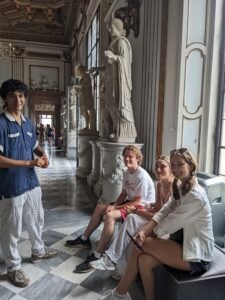
In the fifth week, as our readings turn to Hegel, our excursions focus on modernity. We will study paintings by Caravaggio in Santa Maria del Popolo and San Luigi dei Francesi, and visit the Galleria Borghese, which houses an extensive collection of Caravaggio’s works. There, we will also examine Bernini’s revolutionary sculptures, which redefine the boundaries of art. The Borghese contains numerous other masterpieces of Renaissance painting, including one central to our course theme, Titian’s Sacred and Profane Love. We will take a trip to Orvieto, a former Papal residence and a center of study for Aquinas and the medieval Dominican order. The town contains significant medieval and Renaissance art relevant to our course and to Dante in particular. At Orvieto, we will visit the friezes of the Last Judgement by Luca Maitani, as well as Luca Signorelli’s frescoes of the same subject, based on Dante’s Comedy and an inspiration for the Sistine Chapel (which we will see the following week). The trip will also provide an opportunity to see a major Gothic church, a style less common in Rome.
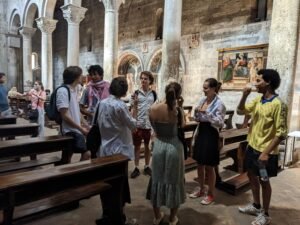 In the sixth week, we continue our exploration of imagination and modernity in relation to our Hegel readings. We will examine Borromini’s innovative architecture, exploring his new approaches to representing infinity and his modern reinterpretation of the sacred. Visits include his major works: Sant’Ivo, San Carlo alle Quattro Fontane, and Sant’Agnese in Agone. We will also visit the Palazzo Barberini, built by Borromini and Bernini, which now serves as an important museum for Renaissance and Baroque art. The museum’s collections provide an opportunity to study both the evolution of artistic form and the intersections of architecture, sculpture, and painting that shaped early modern aesthetics.
In the sixth week, we continue our exploration of imagination and modernity in relation to our Hegel readings. We will examine Borromini’s innovative architecture, exploring his new approaches to representing infinity and his modern reinterpretation of the sacred. Visits include his major works: Sant’Ivo, San Carlo alle Quattro Fontane, and Sant’Agnese in Agone. We will also visit the Palazzo Barberini, built by Borromini and Bernini, which now serves as an important museum for Renaissance and Baroque art. The museum’s collections provide an opportunity to study both the evolution of artistic form and the intersections of architecture, sculpture, and painting that shaped early modern aesthetics.
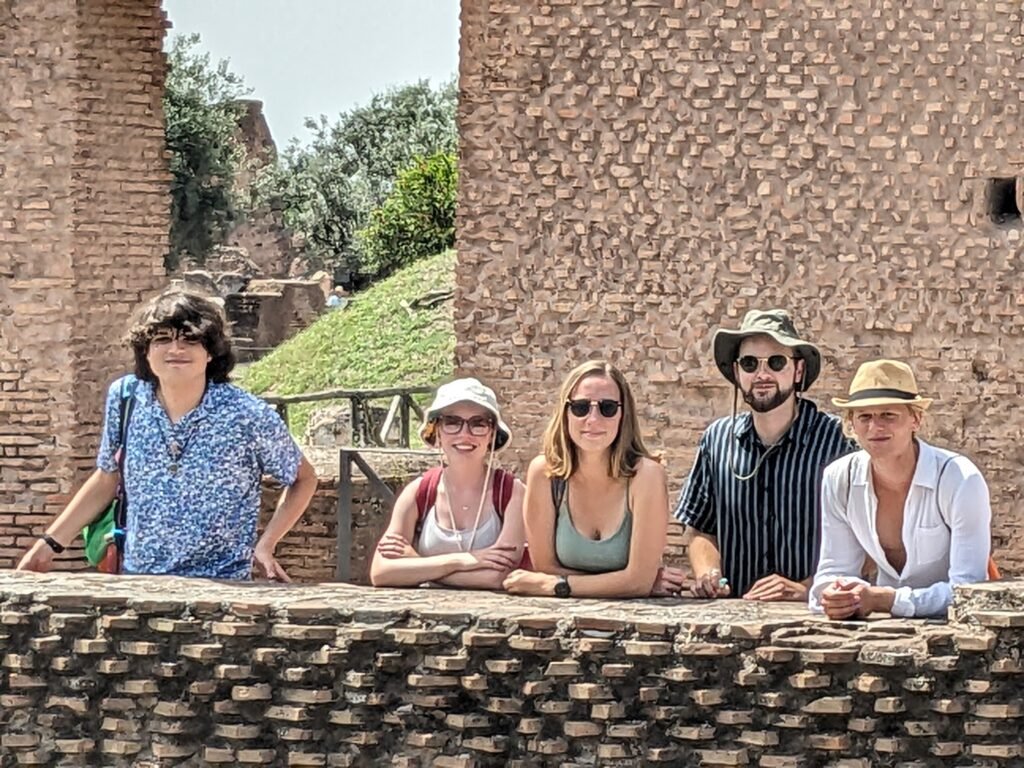 Optional trip
Optional trip
All students and faculty in both RILA summer classes will be invited on a non-required, overnight trip to Siena.
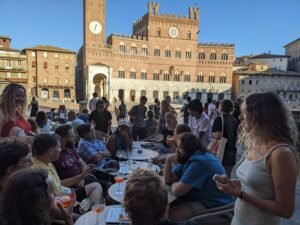
Siena is one of the most beautiful cities in Italy, as well as one of the most important sites for sacred art. The sheer quantity of important art in this small city is vast and overwhelming. The Sienese style is of particular interest for our theme of beauty and the sacred, since it offers a more mystical version of the momentous developments in Italian late medieval and Renaissance art. The work of Duccio, in particular, is both historically important and highly relevant to the theme of our course. In Siena, we can also visit the Palazzo Pubblico, which marked the beginning of a new development in the idea of secular public life in the late Middle Ages: the birth of the commune and the decline of the feudal order. Within this historic building are Lorenzetti’s Aristotle-inspired frescoes of good and bad government. These famous frescoes alone are worth the trip for readers of Aristotle’s Politics, and are of particular interest in connection with our Dante readings.
The optional trip requires separate payment for a bus trip as well as an inexpensive hotel. Details will be made available later, but we ensure that any optional trips are very, very affordable. In past years, nearly all participants in all RILA courses have joined the optional trips.
top of page
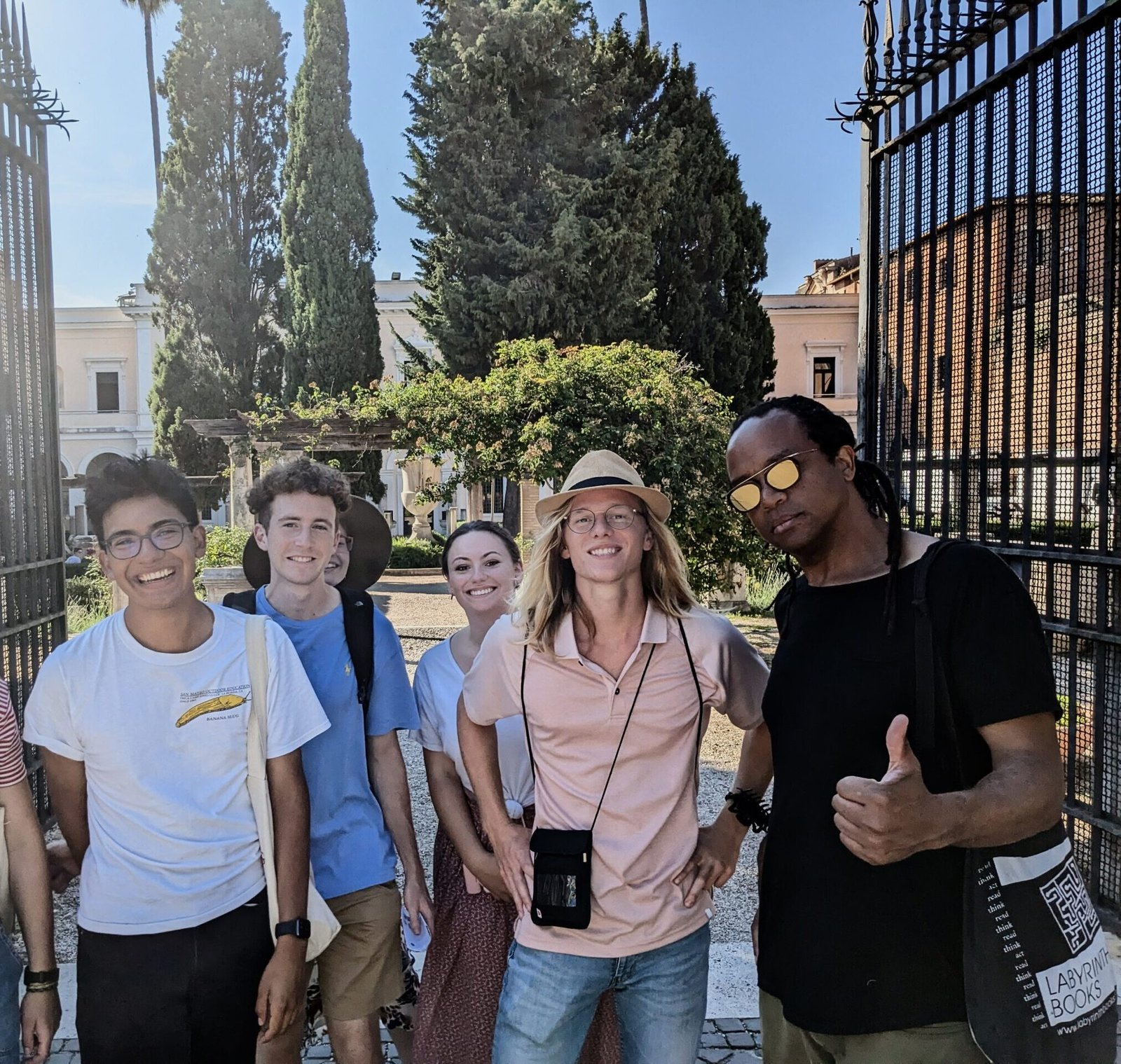
![]()
Readings
Plato, Phaedrus; Symposium.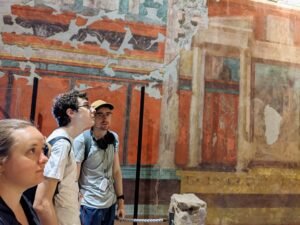
Vitruvius, Ten Books on Architecture (selections).
Apuleius, The Metamorphoses.
Dante, Vita Nuova, Divine Comedy.
Hegel, Aesthetics (selections).
top of page
![]()
Seminar Faculty
Michael Golluber, St. John’s College Santa Fe
BA, Liberal Arts, Sarah Lawrence College, 1988; MA, Philosophy, State University of New York at Stony Brook, 1991; PhD, Philosophy, Tulane University, 1998; Instructor of Philosophy, Southwestern University, 1996–98; Assistant Professor of Philosophy, Xavier University of Louisiana, 1998–2000; Tutor, St. John’s College, Santa Fe, 2000–present; Assistant Dean, St. John’s College, Santa Fe, 2017–21..
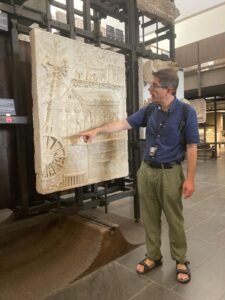
Gabriel Pihas, Academic Director of RILA
Gabriel Pihas is a former student and tutor at St. John’s College in Annapolis, Maryland. He got his PhD. at the University of Chicago, and before that his M.A. at Yale. In 2001-2002 he was a fellow at the American Academy in Rome in Italian literature, and in 2003-2005 an assistant professor at the European College of Liberal Arts in Berlin, Germany. In addition to his specialty in renaissance literature, he has strong interests in ancient philosophy and in twentieth century continental philosophy. He taught at St. John’s College, Annapolis, from 2006 to 2012. And from 2012 to 2017 in the Integral Department at St. Mary’s College of California. In 2008 Mr. Pihas founded the Rome Institute of Liberal Arts, for which he has served as academic director ever since.
Lecture
TBD
…
![]()
Art Historians
Gianpaolo Castelli
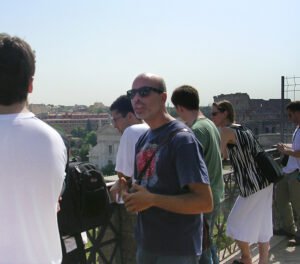 Gianpaolo Castelli currently works in the Office for Museums, Libraries, and Archives at the Lazio Regional Department of Culture, where he took up a post as art historian in September 2007. He has worked for many years in publishing as well as in educational projects for students and adults aimed at appreciating the cultural heritage of Italy. After receiving his degree in Classics in 1995, he went on to specialize in Etruscan, Greek and Roman Art history. More recently he received a masters degree in Paleography and Archival Science, and is currently researching late Medieval and early Renaissance Rome’s cultural milieu.
Gianpaolo Castelli currently works in the Office for Museums, Libraries, and Archives at the Lazio Regional Department of Culture, where he took up a post as art historian in September 2007. He has worked for many years in publishing as well as in educational projects for students and adults aimed at appreciating the cultural heritage of Italy. After receiving his degree in Classics in 1995, he went on to specialize in Etruscan, Greek and Roman Art history. More recently he received a masters degree in Paleography and Archival Science, and is currently researching late Medieval and early Renaissance Rome’s cultural milieu.
Teresa Calvano
 Art historian, President Emeritus of the Italian National Association of Art History Teachers (ANISA), President from 2001 to 2008. In 1977-78 she had a fellowship at the Cultural Heritage Department of Unesco, in Paris. From 1980 to 2003, she has taught art history in Italian “licei”. From 2006 to 2008 she has taught contemporary art at the University of Rome “Roma Tre”, teaching special courses for future art history teachers. Professor Calvano has published on numerous subjects of modern and contemporary art history, including women artists. She is also an expert on art teaching pedagogy and has published several articles on that subject.
Art historian, President Emeritus of the Italian National Association of Art History Teachers (ANISA), President from 2001 to 2008. In 1977-78 she had a fellowship at the Cultural Heritage Department of Unesco, in Paris. From 1980 to 2003, she has taught art history in Italian “licei”. From 2006 to 2008 she has taught contemporary art at the University of Rome “Roma Tre”, teaching special courses for future art history teachers. Professor Calvano has published on numerous subjects of modern and contemporary art history, including women artists. She is also an expert on art teaching pedagogy and has published several articles on that subject.
top of page
![]()
Italian Language Coruse
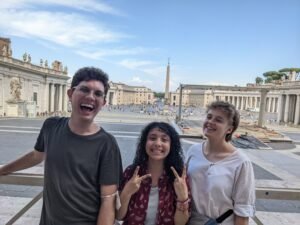 Although RILA students are not required to know any Italian, and all readings will be done in English, we encourage you to sign up for an Italian language class, as it may make your experience in Rome more meaningful and engaging. For this reason, RILA organizes an optional basic Italian course for its students. Classes take place twice a week, with lessons varying from 60 to 90 minutes depending on the size of the group. The course is designed to provide students with a basic knowledge of Italian grammar and vocabulary, focusing on immediate language needs in daily life, and emphasizing the development of listening, comprehension, and speaking skills.
Although RILA students are not required to know any Italian, and all readings will be done in English, we encourage you to sign up for an Italian language class, as it may make your experience in Rome more meaningful and engaging. For this reason, RILA organizes an optional basic Italian course for its students. Classes take place twice a week, with lessons varying from 60 to 90 minutes depending on the size of the group. The course is designed to provide students with a basic knowledge of Italian grammar and vocabulary, focusing on immediate language needs in daily life, and emphasizing the development of listening, comprehension, and speaking skills.
For information on the course cost, please refer to the Admissions page.
